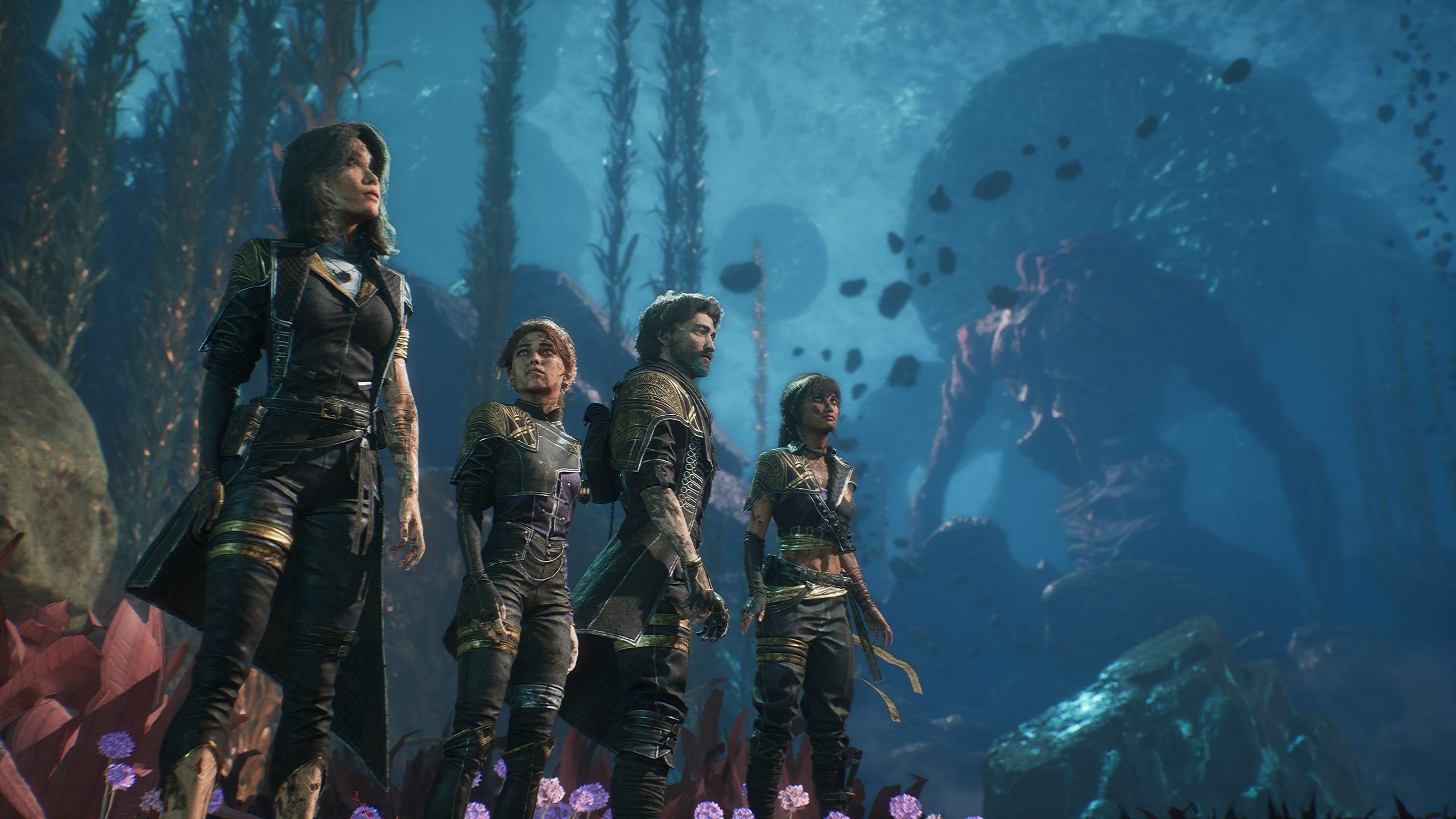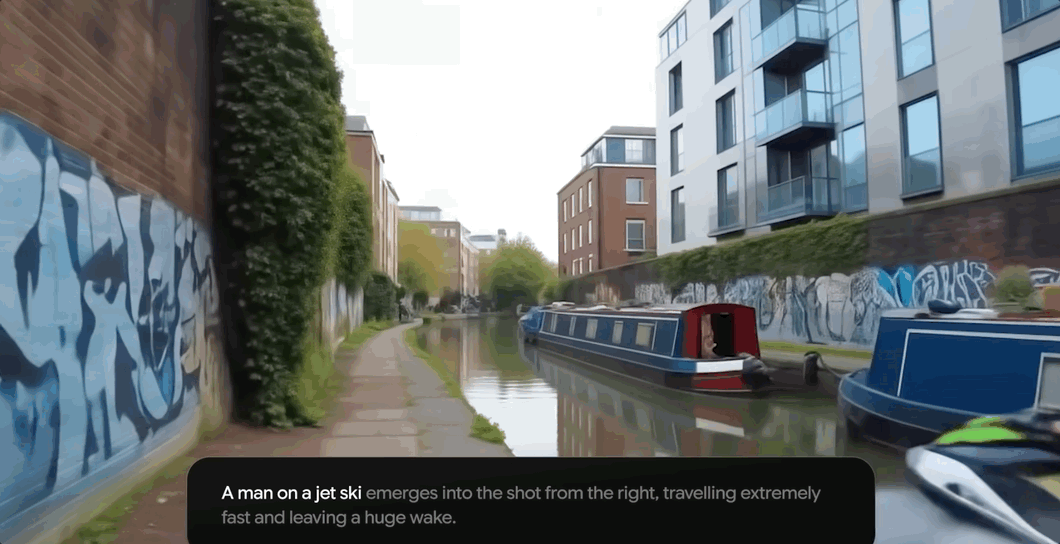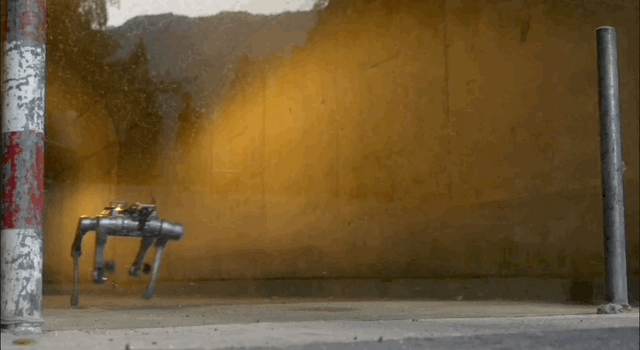From French developer Sandfall Interactive, with a relatively small team, Clair Obscur: Expedition 33 has taken the gaming world by storm. Wonderfully, 33 days after its release, it had sold 3.3 million copies: you couldn’t write a better stat!
Naturally, Clair Obscur: Expedition 33 is often compared to the likes of Persona, Dragon Quest, Chrono Trigger, and the Tales series to name a few. But it’s Final Fantasy, one of the best role-playing game (RPG) series, where the comparisons mostly come back to. But why is that?
Well, if you haven’t checked in on the Final Fantasy series for a while, it abandoned the concept of traditional turn-based combat a while ago. Players hark back to the 90s-2000s era where Final Fantasy had arguably one of the greatest runs in gaming – from Final Fantasy 6 all the way to Final Fantasy 10 (and there’s a lot of love for 4, 5, and 12 as well).
Final Fantasy has now taken on a more action-based style in recent years, especially with its most recent releases of Final Fantasy 16 and the Final Fantasy 7 Remake series, and needless to say, this has been met with mixed reactions from longtime fans of the beloved series. Expedition 33 gives these fans that turn-based combat high they’ve been chasing.
Crucially, however, Expedition 33 innovates in simple ways not just in this tried-and-true combat formula, but it delivers in other key areas, and as a Final Fantasy fan, I think there are a few things the old dog of JRPGs could learn from this young pup.
Same, but different
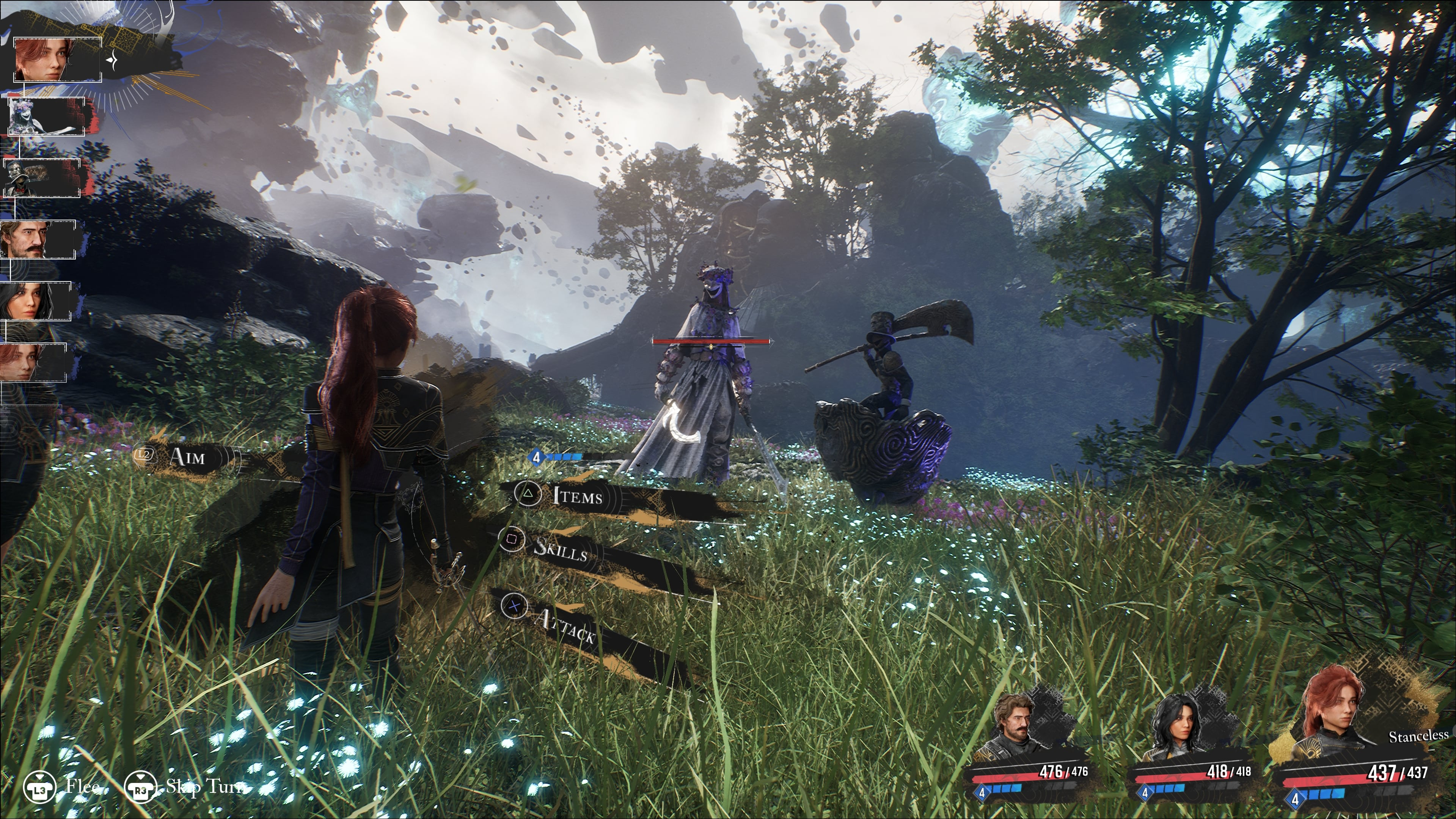
Traditional turn-based combat has players taking turns to select an action, and once that action is executed, it’s the enemy’s turn. It necessitates planning and strategy for what the enemy could throw at you, while praying they don’t. Many a time in Final Fantasy have I stared at a character’s sliver of health, praying the boss doesn’t annihilate them (spoiler: they often do).
Expedition 33 changes this. During the usually ‘passive’ elements of the turn-based gameplay (the enemy’s turn), players can dodge or parry enemies’ incoming attacks to not only negate damage but depending on what Pictos and Luminas (Expedition 33’s semi-active abilities) players have equipped, they can earn back health, pull off powerful counterattacks or gain Action Points (AP) to execute stronger skills on their turn.
This simple innovation rewards the player’s skill and timing with instant bonuses. A quick heads-up for those who haven’t got around to playing Expedition 33 yet: you will die, often, especially against late-game bosses. The point is to learn your enemy’s moves, nail the timing, and reap the rewards. Yes, you will get frustrated (lord knows I did more than a few times), but when I finally killed off a comically large and difficult boss, the sense of achievement was staggering.
While the Final Fantasy series is now using an action-based, almost hack-and-slash approach in its newer games, which I have sometimes enjoyed, if it were to go back to turn-based combat, it could definitely take some pointers from Expedition 33’s style.
Bigger isn’t always better
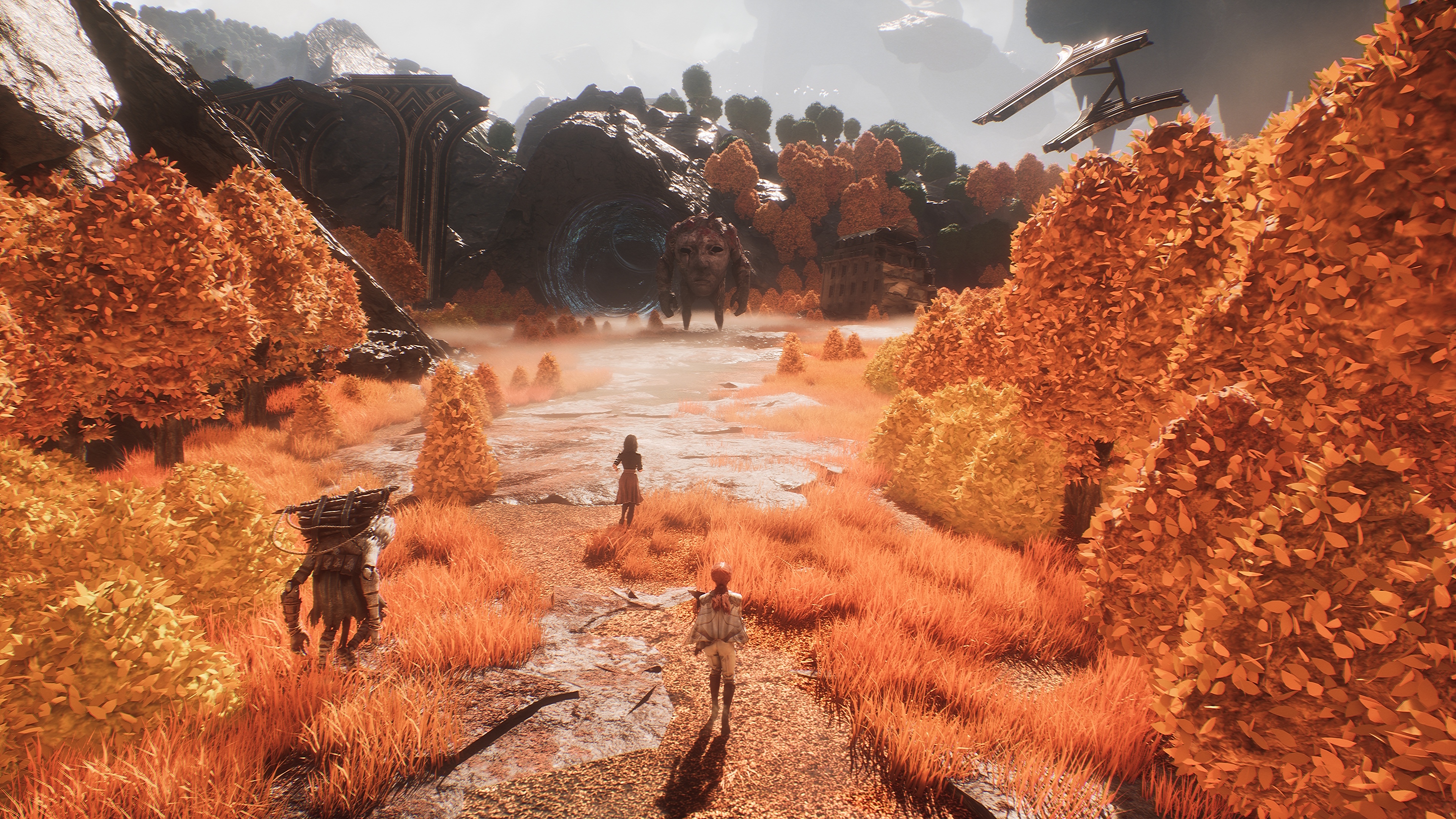
One of the first things I noticed playing Final Fantasy 7 Rebirth on its release was just how massive the world was. Every area was interconnected with sprawling fields, towering mountains, and wide open spaces that got me so excited. I could hop on a Chocobo and make the trip from Kalm to Junon with this much detail and these gorgeous graphics?? Heck yes!
Then came the side missions from arguably gaming’s most irritating ‘companion’, Chadley. Scan this ten times, beat these enemies five times, etc. It sucked my enjoyment out of the world. Yes, I could ignore these missions, but when they’re plastered across the screen and Chadley often calls you to remind you about the them, it’s quite difficult to ignore. Also, I do blame the completionist in me for getting drawn in.
So, when I booted up Expedition 33 and made it to the game’s overworld for the first time, it was like being greeted by an old friend. Taking cues from its predecessors, areas were divided up into solitary, linear levels and dotted around the overworld, each taking on its own gorgeous, unique look. Crimson forests, underwater worlds, sprawling cliffs: each biome had its own identity, but felt effortlessly connected.
And best of all? No distractions. Expedition 33 leaves you to your own devices, sign-posting your objective but leaving you to enter other worlds and take on enemies as you see fit. And while Expedition 33’s world wasn’t as big as other RPG’s, no space was wasted. Its world is visually striking in every corner. Final Fantasy 16 players will know where I’m coming from: big, open fields with next to nothing in them are too common a sight.
The story, the music
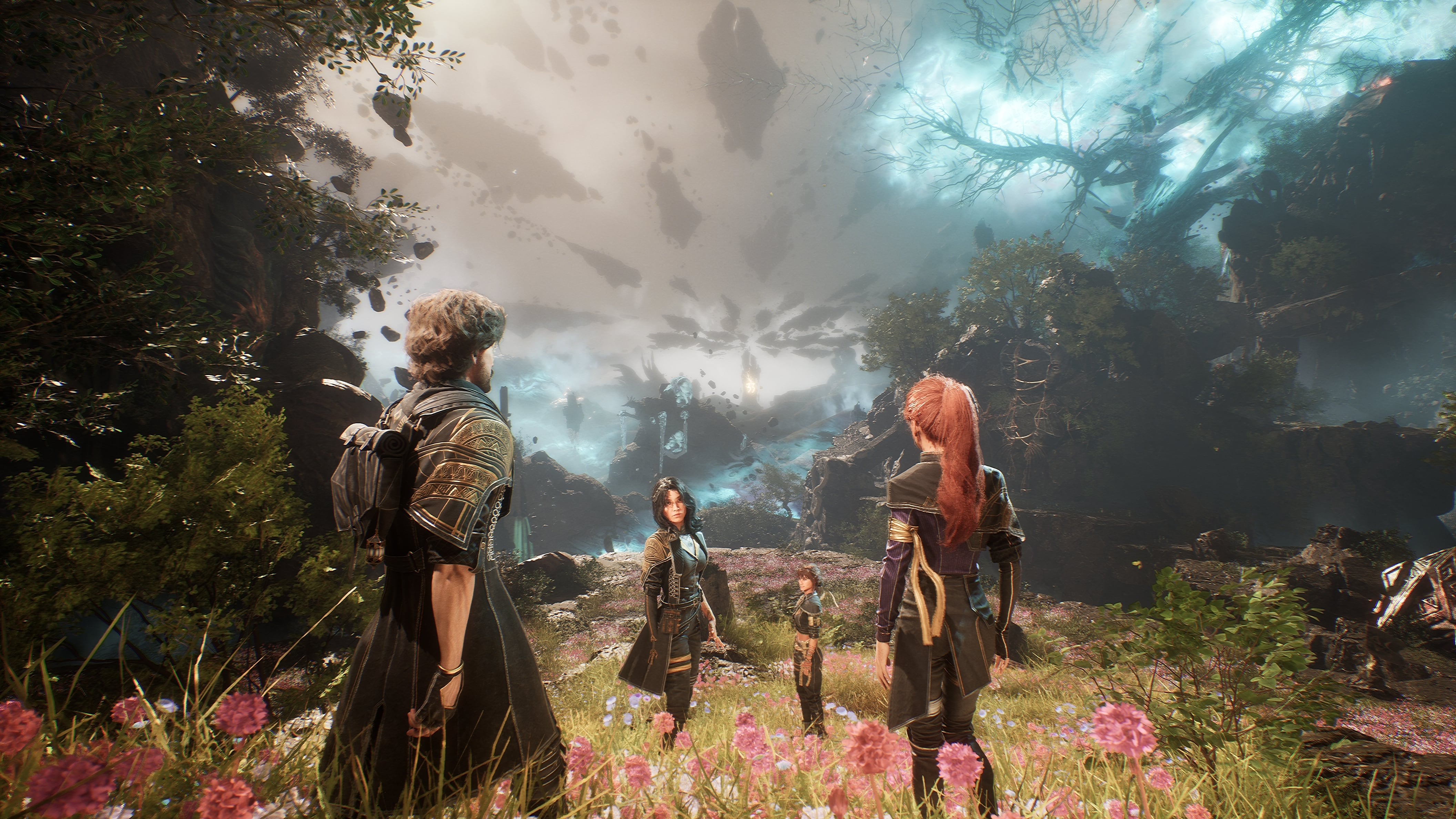
Final Fantasy has always excelled is in its phenomenal scores. From Nobuo Uematsu’s legendary compositions, such as One Winged Angel from Final Fantasy 7 and To Zanarkand from Final Fantasy 10, these soundtracks are special. His successors, who include Masashi Hamauzu, Yoko Shimomura and Masayoshi Soken, have done more than enough to fill his shoes since. Final Fantasy is arguably the standard bearer for video game scores.
Expedition 33 smashed it out of the park with its score. Haunting, heartbreaking, beautiful, powerful, calming – Expedition 33’s soundtrack captures every emotion. Alicia gives me goosebumps every time I hear it. Une vie à t’aimer is an 11-minute masterpiece that stuns with its soaring vocals, captivating strings, and shredding electric guitar solo. Crucially, it does all this with a unique sound that is unmistakably French, giving it that twist again.
Final Fantasy’s stories have always been epic tales of ‘good vs evil’ in fantastical worlds that aren’t afraid to stray from the path. But I can’t help but feel that recent mainline entries such as Final Fantasy 15 and 16’s stories lacked the unique flavor that each story used to have. 15 had an excellent dynamic between its four lead characters, but the antagonist felt absent for large parts of the story and the pacing was off, with the start feeling slow and the ending feeling rushed. 16 was an improvement with some excellent character depth, but the pacing again felt off and the numerous antagonists felt as memorable as past villains like Sephiroth (from 7) and Kefka (from 6).
Expedition 33’s story, where groups known as Expeditions must set out to defeat the Paintress after each Gommage (where masses of the population of a certain age disappear), with every attempt before this one unsuccessful. The story feels inspired by other RPGs in its beats, but crucially has that bold originality thanks to its spectacular world and frankly, macabre, somber tone. Journals of old expeditions add to the worldbuilding in subtle ways, and the phenomenal performances of the cast give this story a really dynamic, emotionally heart-wrenching, and engaging feel like no RPG I’ve played in a long time.
A sequel? We can only hope

Without giving anything away, it’ll be interesting to see whether Sandfall treats Clair Obscur as a linear or anthology series, the latter invoking Final Fantasy as a series of games connected only really by name. This is hoping we actually get a sequel, of course.
There aren’t many things I’d change about Clair Obscur: it’s marvelous. Exquisite design, gorgeous visuals, striking music, an emotionally charged, beautifully written story with familiar but original gameplay, it really did do it all. There are some minor changes I’d make, however.
A journal is a faithful companion in an RPG, to keep track of quests, the enormous amount of sub-bosses to beat, side quests, and so on, and Expedition 33 doesn’t really have this. Only a map and the audio logs of old expeditions. This would give players a sense of direction, and although it does hearken back to older games like The Legend of Zelda on the NES, which simply released you into the world, I’d like to see one included.
The Pictos and Lumina system, while a refreshing take on abilities, can be tricky to keep track of, especially if you want different builds. It would be great if you could save particular builds with certain abilities and weapons for certain situations, allowing you to easily switch in the Inventory menu.
Honestly, there isn’t much else I’d ask for differently. There are a few ways the story could go (a prequel of an older expedition, maybe?), and although it’s a challenging game, it’s equally rewarding for your efforts and persistence. Really, for me, it’s the 2025 game of the year.



